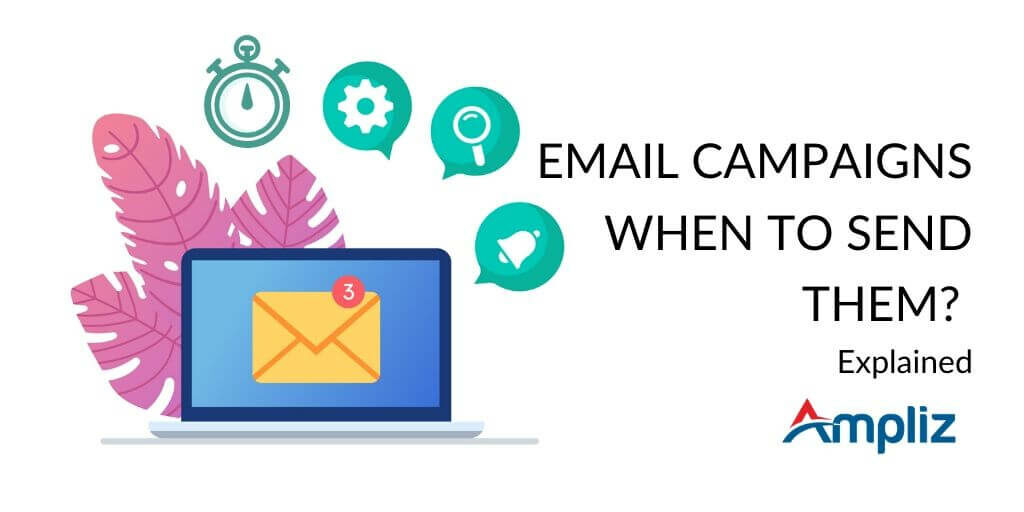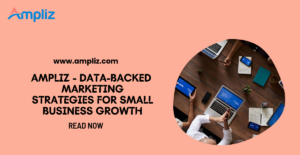What is the best time to send an email campaign?
According to Hubspot: In general, the highest click-to-open rates are 10 AM at 21%, 1 PM at 22%, and a spike near 6 PM.
The answer is not as simple as picking up a time slot. It is because email marketing in itself is a complex ecosystem that changes dynamically. The results you see today may not continue to the next week, and a good result can improve to have a better outcome and vice versa.
For this reason, email marketing is a tough nut to crack, hard to pin down, and art exceptionally difficult to master.
Timing charts are no more relevant. Why?
There is no one standard practice that we can follow when timing email campaigns. As with any complex system, it depends heavily on various factors.
Analyzing an aggregate time by taking the average rate when most active respondents may give you a substantial number. However, it doesn’t mean ‘your’ recipients will react similarly.
Every single email marketing campaign is unique. The list may be the same that you used last time, the content may not be, the offers may not be, and the CTAs might differ. It makes the email campaign dynamic.
The Golden HOUR shows 28% of all emails open during the first hour of sending.
This graph clearly explains the concept of the first-hour glory that your email campaign sees. Keeping up the tempo is not an easy task, and there are very few brands that can show you a positive number as the hours go. These are the unicorn brands that get massive engagement regardless of the email.
Best time to send emails.
It is usually how the graph of open rates looks like for a standard marketing campaign sent out during various days of the week. It does look like mid-week winning the open rate trophy, and it does apply to the large section of the email marketing sector.
Saturday and Sunday are not the best time to send emails since these days are probably holidays for most worldwide.
Email Performance by days of the week
There is no standard time to send your email campaigns. With the collected data over billions of email campaigns, Wednesday and Thursday seem to be the global best times. This may be because it is the middle of the week, people are bored, or they have nothing better to do!
The timings matter to email marketers and should be considered if you are short on time. You do not have the necessary resources to execute testing and other requirements.
How to Find the Best Time for Your Email Campaigns?
It all boils down to your email campaign, the list, the product or service, and the engagement you generate. The power to find the sweet spot is totally in your hands, and we mean quite literally. Email campaigns need to have A/B testing done every time so that you understand how your prospects are reacting.
Test to Understand
Testing your email campaigns indicates when your viewers are inclined to open and engage with your content. Take into consideration the content type, offers, and other such dynamic properties that influence open and CTRs.
Mobile Usage
Mobile-friendly emails are a must today. People behave differently on desktops versus mobile. With 54% of emails opened on mobiles, channel focus is shifted. It also brings us to the point that the traditional 9-5 open timings are obsolete.
Content Type
Promotional emails have opened the maximum on Saturdays and the least on Wednesdays. Traditional newsletters see higher open rates during the mid-week and towards the morning sessions.
Timed Offers
These need to be timed to perfection as they are on a different level of relevance. Time-bound offers need to promote more. It would help if you made sure that the timing is set according to the time zone of your readers.
6 Factors Determining Best Time for Email Campaigns
Various factors determine the best timing for your email campaigns. Here are some aspects that can help you nail that elusive timing to sweet perfection.
Brand Loyalty
This is an essential aspect of open rates. A new campaign will indeed show you poor results. Making your subscribers happy is what gets you their commitment, and in this world, engagement is worth more than gold. Engage your subscribers in the best way possible, and you will get to see higher numbers faster and consistently.
Content Creation
Understand what type of content have more open rates, and then segment based on these choices. Create similar content for these segments. You will see higher opens, and you can also understand when they begin. It’s a double win.
Segmentation
Segmentation increases open rates exponentially, and testing them makes engagement better. Therefore, understanding customer behavior enhances the chances of meeting. The best email marketers have variable timings for different stages of the funnel of subscribers based on their behavior.
Global Delivery
This is a crucial factor for email marketers. It would help if you used software that is aware of setting the right time, irrespective of the time zone. With over 24 hours difference between the farthest continents, you need to closely look into this aspect and then adjust the delivery time if you send emails to a global audience.
Email List Strength
All the testing and segmentation are worth naught if your email list is not up to date. The data will be misleading and show negative results if your database is not worthy of good results. Cleansing and appending are essential aspects of database hygiene.
Email Subject Lines
A good subject line gets your mail opened- that is the first battle won. Your FROM address also makes a considerable difference to deliverability. Testing various types will give you a clear idea of what works. Fine-tune them and let them coincide with the best time.
Targeted Email Campaigns Work The Best
Send automated emails triggered by subscriber behavior. It’s even worth doing for simple messages like RSS emails sent when you publish a new blog post. Newsletters and one-off emails still work.
However, triggered emails bring the best results.
Why?
Timing and relevance
When someone gets a message straight after taking action, they’re more likely ready to read and respond to it. The same is true if they find it exciting and relevant. So it would help if you know your audience (precisely their information needs and preferences).
Timing isn’t everything. It is an integral part of the process, but it does not have a single answer or a magical best time. It needs to be figured out through analysis, testing, and a thorough understanding of your clients’ needs.
There is no one best time to send emails. It differs based on the factors mentioned above. Your product and service matter too.




